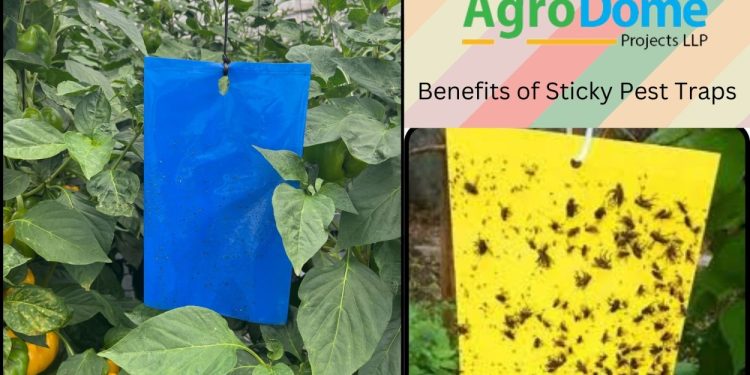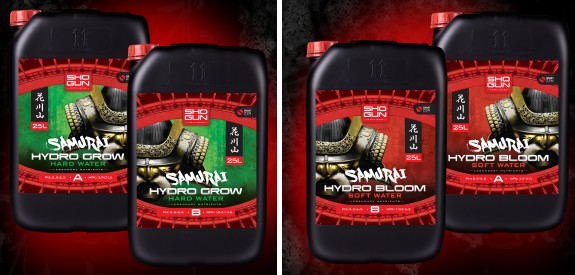Greenhouses offer a sanctuary for plants to thrive, shielded from harsh environmental elements while optimizing growth conditions. However, these enclosed havens also attract unwelcome guests in the form of pests, posing a threat to plant health and yield. In combating this challenge, sticky pest traps emerge as essential tools in greenhouse management.
Adorned with bright colors to allure insects, sticky pest traps act as silent sentinels, attracting and immobilizing pests with their adhesive surfaces. They effectively intercept a variety of pests, from aphids to fungus gnats, all while remaining non-toxic and environmentally friendly, in line with modern sustainable farming practices.
Beyond pest control, sticky pest traps serve as invaluable monitoring tools, offering insights into pest population dynamics within the greenhouse ecosystem. Regular inspection enables growers to assess pest pressure levels, identify emerging threats, and implement timely interventions, thus mitigating potential crop damage.
These traps also play a pivotal role in integrated pest management (IPM) strategies, emphasizing a holistic approach to pest control and reducing reliance on chemical pesticides. By combining sticky traps with cultural practices, biological controls, and selective pesticide applications, growers can achieve sustainable pest management while preserving ecosystem balance.
In the controlled environment of greenhouses, the efficacy of sticky pest traps is amplified, as the confined space magnifies the impact of pest infestations. Strategically positioned traps capitalize on pest movement patterns, intercepting them before they cause significant harm to crops.
Moreover, the use of sticky pest traps reduces the need for broad-spectrum pesticide applications, mitigating the risk of pesticide resistance and minimizing harm to beneficial organisms. This fosters a balanced ecosystem where crops coexist harmoniously with natural predators, promoting sustainable agriculture practices.
In conclusion, sticky pest traps serve as indispensable guardians of greenhouse crops, providing a non-invasive, eco-friendly solution to pest management. From pest monitoring to integrated pest management, their multifaceted utility underscores their significance in safeguarding plant health and maximizing yield in greenhouse structures. Embracing these innovative tools exemplifies a proactive approach to sustainable agriculture, ensuring the resilience and vitality of greenhouse-grown crops for future generations.
To learn more about sustainable agriculture practices and innovative solutions for greenhouse management, visit our website at Agrodome and subscribe to our YouTube channel here.










